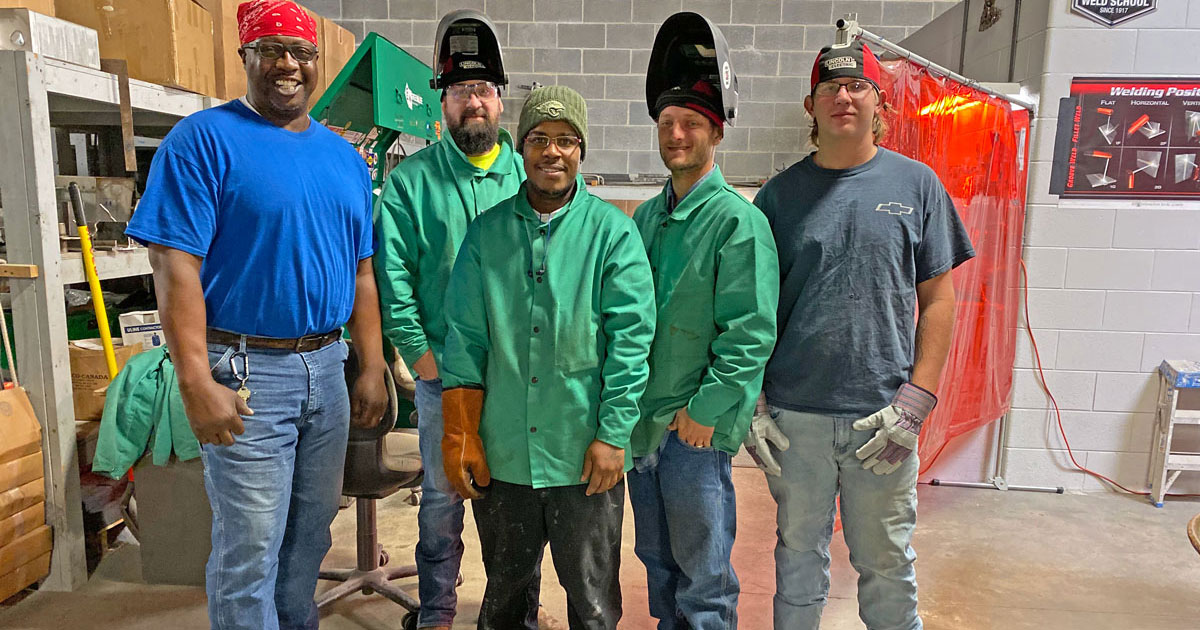[gallery]
Restoration work has been active in the Washington DC area in recent years, particularly with the economy's chilling effect on new construction. So it's a good time to ask, how well do all of the players understand it?
This week, we brought a sellout crowd of architects and engineers who specialize in restoration to The Flynn Center to cover some key concerns.
One big issue in restoration is moisture penetration. Because flashing knowledge comes from extensive project experience, it's often done wrong, resulting in millions of dollars of repair costs to owners annually. To avoid flashing pitfalls, the design team should understand how the components within a masonry wall serve to protect a building against moisture migration. Design details that incorporate this understanding need to be well communicated to everyone involved.
Communication is particularly critical, since restoration calls for a wide range of expertise. "Construction isn't always the fall guy," says forensic architect Robert W. Davidson, AIA, who thinks that designers need to do a better job of conveying their design solution to contractors.
IMI spends a lot of effort helping contractors and craftworkers understand their role in the process, through training and programs like Sustainable Masonry Certification . That makes sense, says Davidson.
“You teach them how to do it and why. We need to do the same with architects.”
It's also critical for all the players to really understand the building envelope, which entails understanding how individual components work together to create a wall or floor system, and realizing that any change to a component affects how the system itself performs. Particularly for restoration, performance is just as important as aesthetics.
One of the best ways to learn how to solve problems is hands-on experience. Attendees got to explore two common problem areas - caulking and repointing - that way. The experience, they told us, will help them communicate better in the field.





